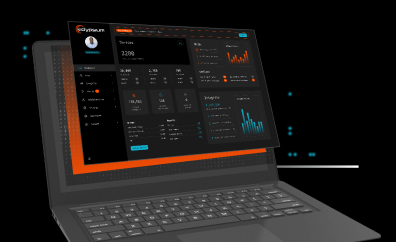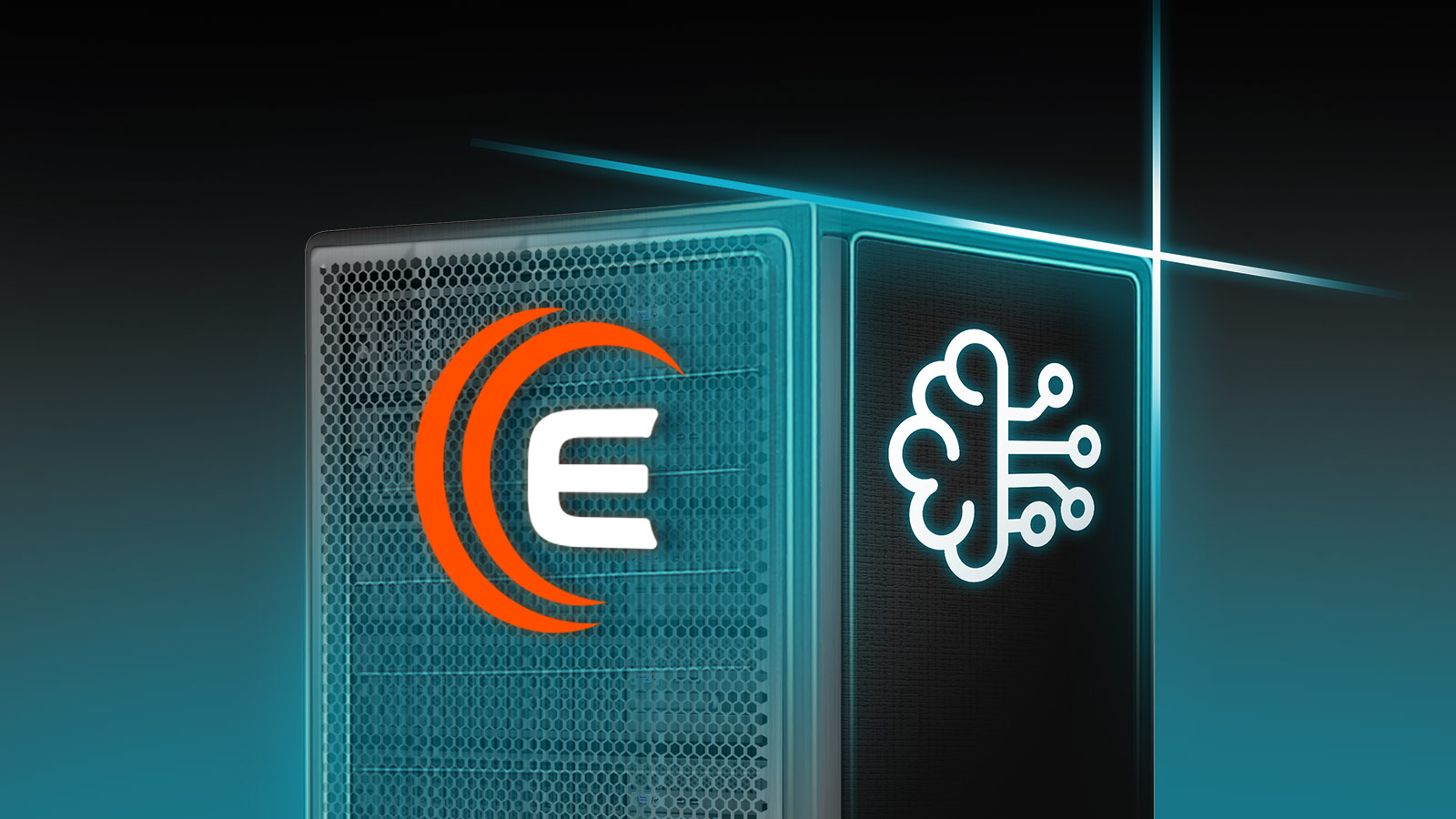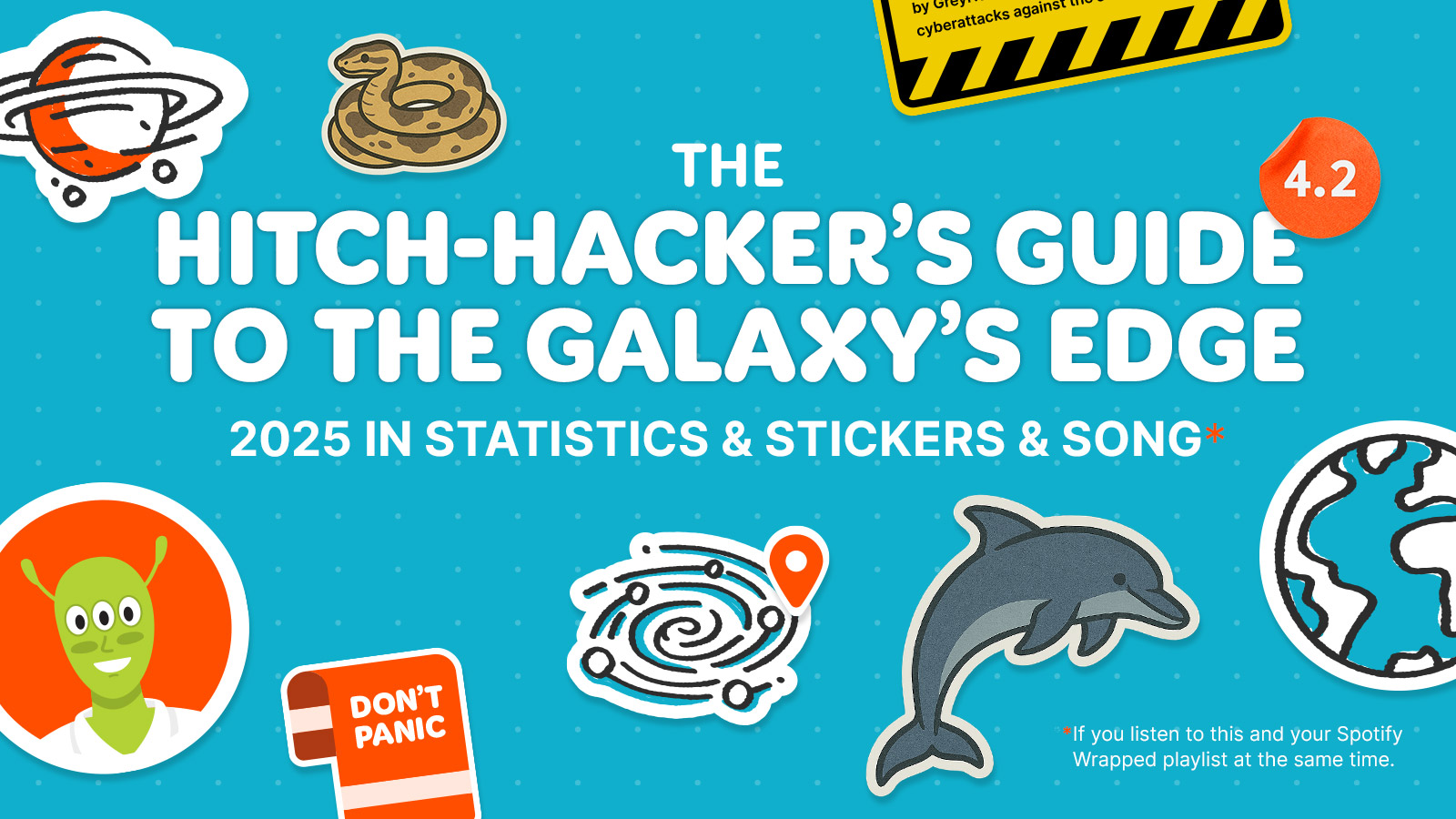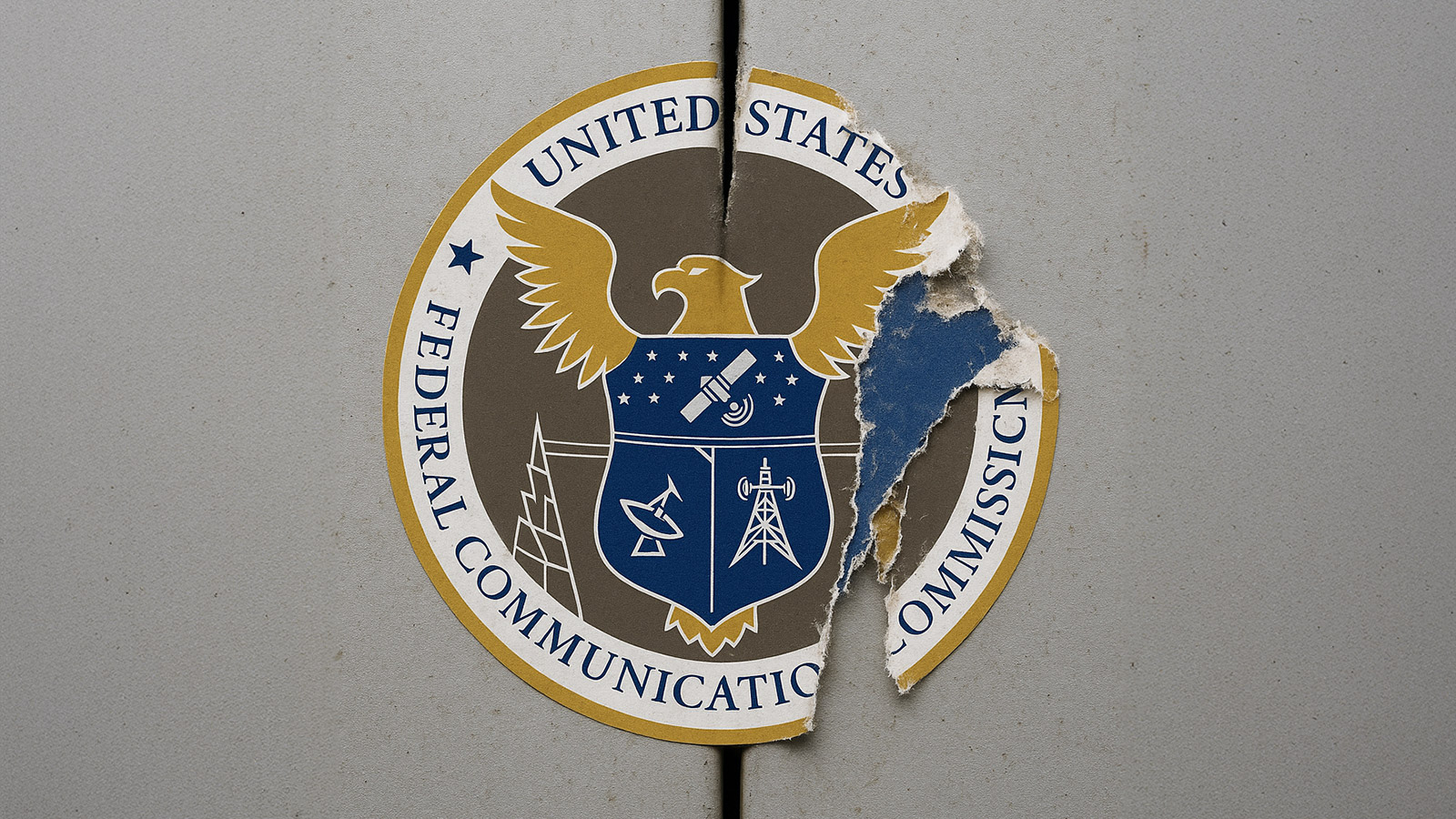AI data centers are critical infrastructure now. The U.S. investment in AI is nearing a trillion dollars, and new agreements between global superpowers and hyperscaler companies are turning AI into what recent congressional testimony from the Center for Strategic and International Studies described as “the defining competition of the 21st century.” Experts from CSIS further testified that “AI companies must be treated not just as technology providers, but as pillars of national resilience” NVIDIA cofounder Jensen Huang echoed this message in a May, 2025 keynote address, stating: “NVIDIA is not a technology company, only, anymore. In fact, we are an essential infrastructure company.” The stakes are international leadership and the attackers are sophisticated nation-state adversaries. This is not child’s play. It’s an international arms race.

While AI may not yet be officially included in CISA’s framework of critical infrastructure sectors, it is time to start treating AI data centers with the same cybersecurity rigor as we treat other critical infrastructure sectors such as energy, telecommunications, manufacturing, and defense.
Meanwhile, a new crop of global AI infrastructure companies are building fast. Neocloud companies like CoreWeave are delivering AI training and inference services at scale. NVIDIA, OpenAI, AMD, and other AI heavyweights have committed hundreds of billions of dollars to build AI infrastructure worldwide, with heavy presence in the U.S. and Saudi Arabia.
And while many news cycles have been spent on the AI challenges of intellectual property theft, protection of proprietary models, abuse of AI to write phishing emails and more. The security of the underlying infrastructure and foundational hardware of AI data centers has been largely kept out of the spotlight.
There is an urgent need for focus on securing the very foundational hardware and supply chain that enables the operation of AI data centers.
Cyber Risk To AI Data Center Infrastructure and Supply Chains
From GPUs and GPU servers to network infrastructure like routers, switches, and firewalls, the technology that underpins and connects AI data centers is profoundly vulnerable. Numerous GPU vulnerabilities have been disclosed in 2025 alone. And the network and security appliances that are also present in data centers have seen a radical increase in being targeted for exploitation by cyberattackers.
For example: The 2025 Verizon Data Breach Investigation Report found a stunning nearly eight-fold increase in exploitation of vulnerabilities against network edge devices, particularly VPNs, since the prior year. Vulnerability exploitation as a tactic has nearly caught up with credential abuse, the long-time leader.
And these are just the vulnerabilities we know about already. AI data centers rely on an incredibly complex supply chain. And complex IT supply chains are being actively targeted by attack groups like Silk Typhoon. NVIDIA described their supply chain this way:
“NVIDIA operates one of the largest and most complex supply chains in the world. The supercomputers we build connect tens of thousands of NVIDIA GPUs with hundreds of miles of high-speed optical cables.
This undertaking relies on the seamless collaboration of hundreds of partners, who deliver thousands of distinct components to a dozen factories, enabling the production of nearly 3K different products.”
And that’s just the parts NVIDIA builds. Complex supply chains are an appealing target for cyberattackers, and there are other supply chains involved in bringing data centers to fruition. The firewalls, load balancers, and other network gear that is deployed throughout the enterprise that delivers AI data center services all represent additional supply chain risk. Nation state advanced persistent threat actors such as Silk Typhoon have already proven they can and will use IT infrastructure supply chains as a means of compromising high value targets. As AI data centers become ever more integral to critical infrastructure worldwide, they will be targeted, and the supply chain offers a potent attack surface.
Filling the Security Gap in AI Data Center Infrastructure
Beyond GPUs, data center and network infrastructure is frequently less monitored and less secured than user endpoints in the enterprise.
A recent Mandiant investigation into compromised enterprise network routers deployed globally in major organizations and governments noted that the attacker was targeting defense and communications infrastructure in the U.S. and Asia, and highlighted the China-Nexus attacker’s “focus on malware and capabilities that enable them to operate on network and edge devices, which typically lack security monitoring and detection solutions.”
Mandiant further noted that “the investigation was “hampered by the challenges inherent in analyzing proprietary network devices, which required novel methods for artifact acquisition and analysis.”
While the OWASP Top 10 GenAI and LLM Risks features a Supply Chain section, it focuses heavily on software packages, models, and AI application security, with only cursory coverage of hardware infrastructure. Similarly, CISA’s recently released Best Practices Guide for Securing AI Data focuses heavily on software and data related policies and procedures, with only a few mentions of secure hardware and infrastructure.
There’s a gap in the foundations of AI data center security, and Eclypsium can fill that gap with robust monitoring and protection for hardware, firmware, GPUs, and components in AI infrastructure.
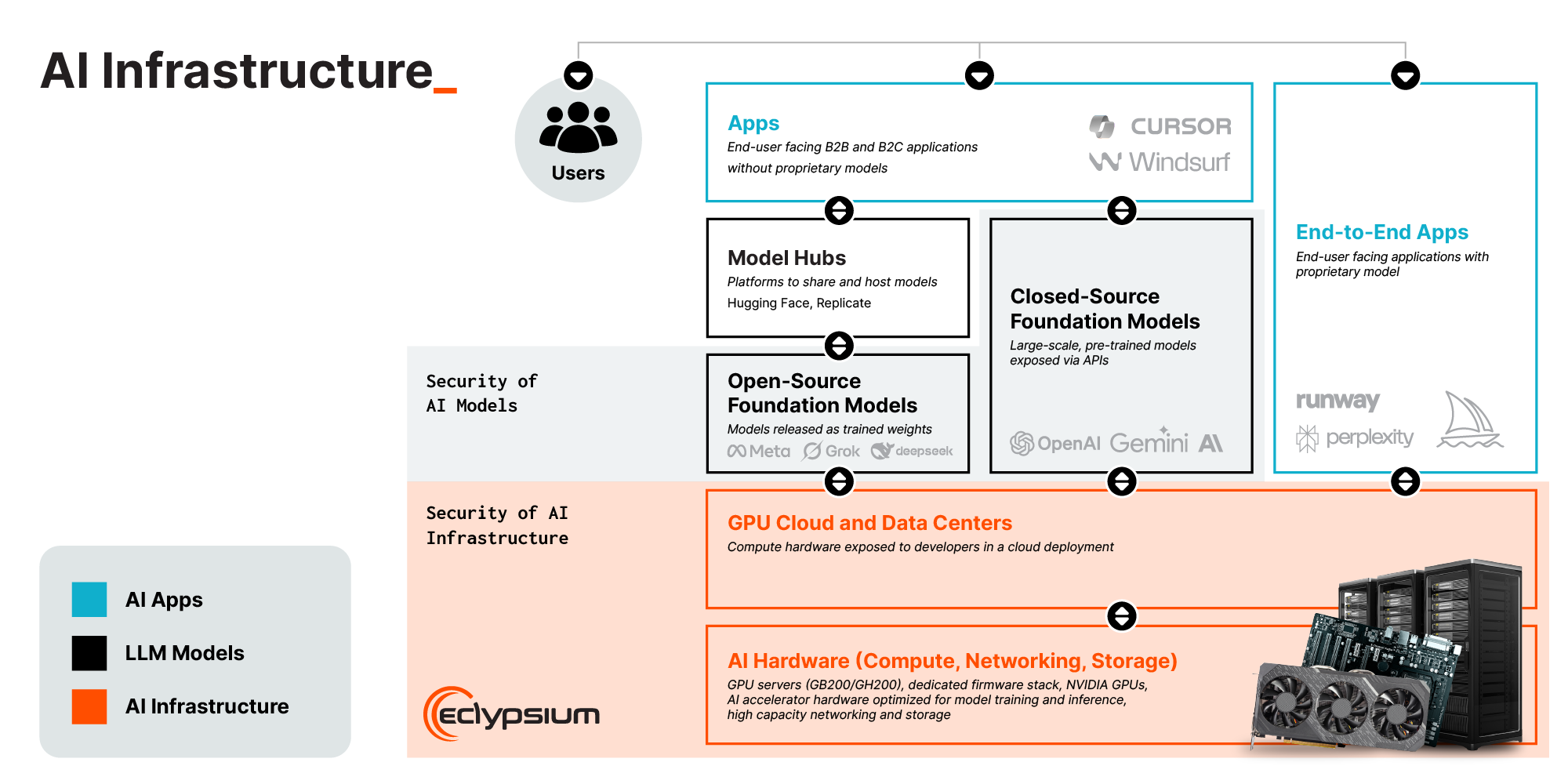
How Eclypsium Proactively Protects AI Data Centers From Attack
Eclypsium fills the blind spot in AI infrastructure and supply chain security. Major AI data centers and their suppliers are already using the Eclypsium Supply Chain Security Platform to proactively protect their data centers and components from vulnerability and attack.
Eclypsium secures enterprise AI deployments against threats by proactively detecting vulnerabilities, integrity failures, and threat exposure in GPUs, AI servers, and network infrastructure. With Eclypsium, you can:
- Protect customer intellectual property from theft or leakage
- Verify and trust the AI hardware used to create model weights trained in-house or in the neocloud. Eclypsium verifies asset integrity before deployment, during use, between cloud customer training runs, and when assets are decommissioned and disposed of.
- Prevent cyberattacks against network and security edge devices from compromising AI infrastructure
As the global market for AI data centers sees hundreds of billions of dollars of investment while nation state cyberattack tactics shift to target infrastructure, now is the time to invest in proactively securing the foundation of AI data centers. Eclypsium is here to help.
To read the press announcement about our new AI Data Center security capabilities. To learn more, visit our AI Data Center Security solution page or watch a quick demo video of our AI Data Center Security solution.
